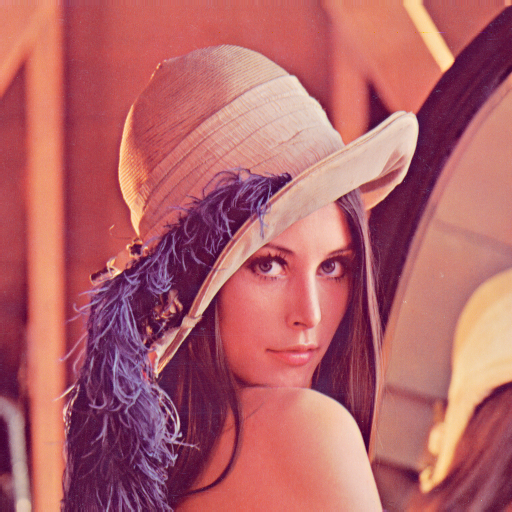Not being seen, not being noticed as someone who matters means relegating oneself to NPC-dom – a nobody, a nothing, a mannequin without a personal story or agency, going through a prewritten script of a grey, insignificant life. To be seen, on the other hand, is to be happy. This happiness requires making sure that others know that one is happy, successful, better than those NPCs – in other words, it calls for constant curation of one’s image, one’s narrative, one’s self.
And when academics engage in this practice, it is interesting to see what that looks like, just look at the deluge of LinkedIn Cringe to get a taste for what this feels like.
















